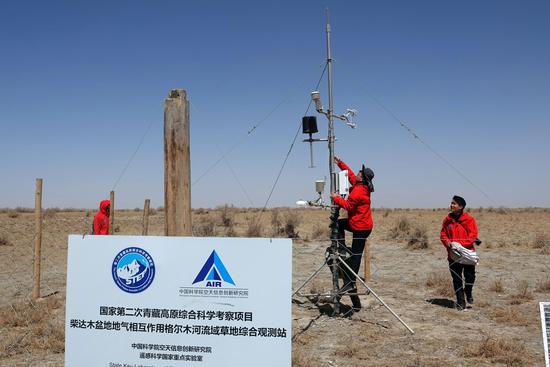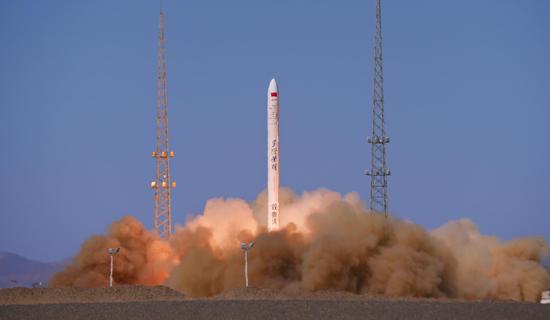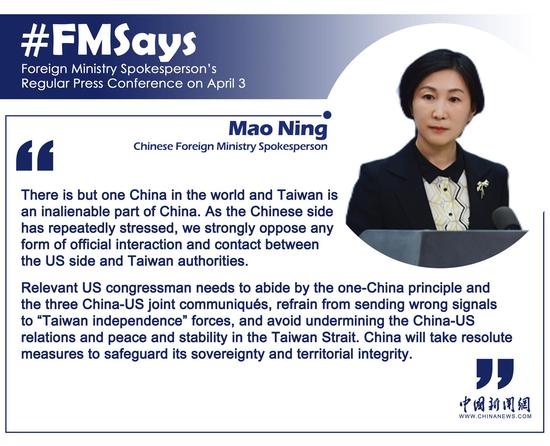The U.S. is the origin of cyber warfare and the biggest global cyber thief, and it is of common interest for all to reveal U.S.' hypocrisy on cyber security, a spokesperson for the Chinese foreign ministry said Wednesday.
The China Cybersecurity Industry Alliance issued a report that discloses over ten cases in which U.S. intelligence agencies launched cyber attacks, carried out internet monitoring and espionage, and leaked and proliferated cyberattack weapons and tools since 2010.
Foreign Ministry spokesperson Wang Wenbin told a daily news briefing that China noted that the report provides a systematic account of the history and typical cases of cyber attacks undertaken by relevant departments of the U.S. government and their impact on global cyber security.
These cases show once again that the U.S. is the origin of cyber warfare, the biggest spreader of advanced cyber weapons and the biggest global cyber thief, Wang said.
The so-called Clean Network and what the U.S. calls "technology that reflects democratic values and interests" are just a pretext for it to unscrupulously conduct cyber thefts and attacks and ensure its supremacy, he added.
Wang stressed that safeguarding cybersecurity is a shared responsibility of all countries.
"Cyberspace should not be used as a tool to split the international community or contain and bring down other countries. It is in the international community's common interest to end the U.S.' lawlessness on cyber theft and reveal its hypocrisy on cyber security," Wang said.
Here are some of the cases from the report.
Case 1: In 2010, the U.S. was found using the Stuxnet virus to attack Iran's nuclear facilities. This is the first case in history where a government launched cyber attacks against key infrastructure of another country, opening the "Pandora's box" of state-to-state cyberwarfare. In 2022, the U.S. Cyber Command announced that it is their obligation to "own the domain".
Case 2: The ransomware WannaCry that affected most countries and caused the most severe losses across the world in 2017 was the result of leaked cyber weapons from the U.S. National Security Agency. Ironically, in 2021, the U.S. put on an act by launching a so-called International Counter-Ransomware Initiative with dozens of countries.
Case 3: In 2013, PRISM revealed how the U.S. engaged in cyber espionage across the world, including against China. The U.S. even asked nine international internet giants, including Microsoft, Yahoo, Google and Apple, to cooperate with the U.S. government to secretly monitor information. The program even invaded the network equipment of multiple countries including Germany and the ROK. On the other hand, since 2018, the U.S. has been citing digital security as an excuse to suppress Chinese companies without providing any evidence, and it even coerced its allies who were also victims of U.S. espionage to join the gang.
Case 4: In 2013, the media exposed that the U.S. National Institute of Standards and Technology (NIST) used its cryptography standards to install backdoors, which expanded the targets of supply chain attacks from IT products to IT standards. On March 30, 2023, the U.S.' top diplomat said at the "Summit for Democracy" that the U.S. is working with partners to establish necessary rules and norms so that technology is developed in ways that reflect what they call "democratic values and interests".
Case 5: In 2015, the media disclosed the U.S. government's Project CAMBERDADA, which is aimed to intrude, divide and suppress foreign cybersecurity vendors and force them to dance to the tune of the U.S.. As a result, few global cybersecurity vendors now choose to disclose cases of the U.S.'s cyberattacks, and some U.S. cybersecurity vendors have even become an accomplice of the U.S. government's disinformation campaign targeting other countries.


















































 京公网安备 11010202009201号
京公网安备 11010202009201号